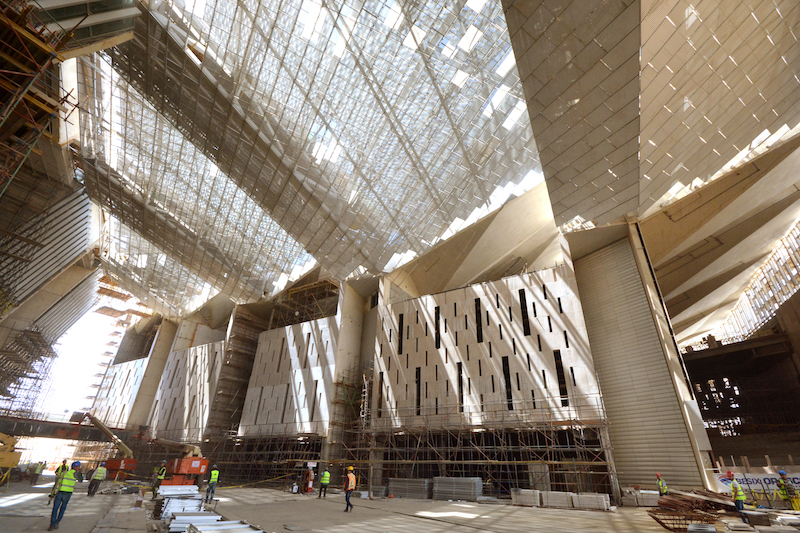A classic early film known for its iconic black-and-white images has been "resurrected" from the dead — and spruced up in full color — to be screened at the Cannes film festival.
"Le Voyage dans la Lune" ("A Trip to the Moon") by Georges Méliès was to be presented at the start of the French Riviera festival on Wednesday, thanks to state-of-the-art restoration technology from Hollywood.
"We can refer to this not as a restoration but as a resurrection, because it really was dead," said Tom Burton, executive director of restoration services at Technicolor.
The color version of the 1902 movie — including the iconic image of an absurdly unrealistic tin-can space capsule planted in the eye of a face-like moon — was for decades believed to have been lost forever.
Then in the early 1990s an anonymous donor handed over a color copy of the film to the Cinematheque de Barcelone.
But it was far from straightforward to restore the movie. It took the concerted efforts of a team led by Serge Bromberg, head of Lobster Films, along with Fondation Groupama Gan and Technicolor.
"Bringing the film back from the dead is really something straight out of science fiction," Bromberg told AFP.
Burton added: "The film was literally in pieces. The nitrate had gone crystals; it had shattered into a puzzle.
"It was a constant chase just to try to digitize this material before it turned to powder. What we received was a bucket of these images in no sequential order, not even fully put together. They were broken pieces."
In 1999 Bromberg took the plunge by putting the film stock through a chemical process to re-soften it —an irreversible process which can take up to two years.
"And what a surprise, when the film was treated, we found we had more than 90 percent of the movie," he said.
Then he began photographing the film, image by image, and digitizing those pictures. That process was completed in 2002, but it was 2010 before they could even think of restoring it fully.
"Even like that, we weren’t sure of success," said Bromberg.
The digitized photos arrived in Hollywood in November 2010 and began being restored to produce the final film made out of a total of 13,375 images, reborn 109 years after its release.
The few images missing from the original color copy were inserted in colorized form from a black and white copy owned by the Melies family.
The difference can be seen in the iconic moon-face image: instead of the black and white we are familiar with, the updated version has red blood running down the moon’s pale yellow visage, which is surrounded by grey-green clouds.
"The color is incredible. It’s like a medieval illumination, a work of art in itself," said Gilles Duval of the Fondation Groupama Gan, stressing the scale of the restoration, which cost €400,000 for a 14-minute film.
The music was provided by electro group Air, "to make the link between the present-day audience and images from yesterday, but while respecting the innocence of the original," said Bromberg.
"What has to be restored, above all, is the sense of wonder for the viewer," he said.
"Make no mistake: ‘Voyage dans la Lune’ is the same thing as ‘Star Wars’ in the 1970s and ‘Avatar’ today. In 1902 people had never seen special effects like it," he added.
"When I see these images, I weep. It’s inevitable: when you make a time machine to go back in history, you end up back in childhood."



